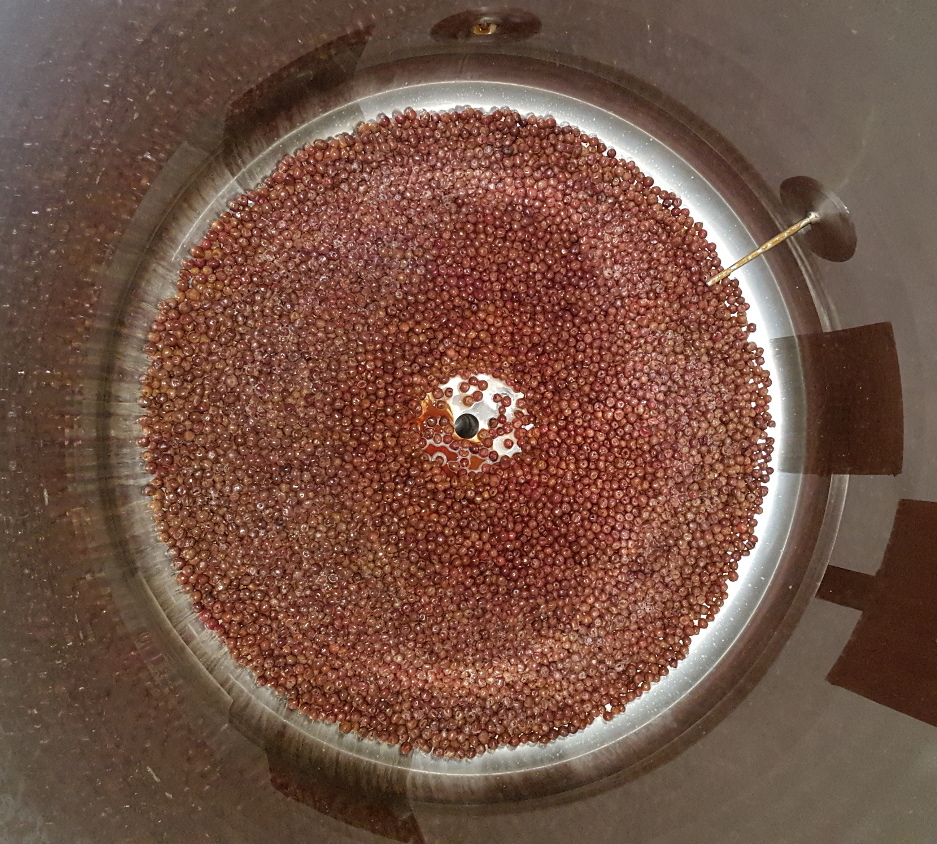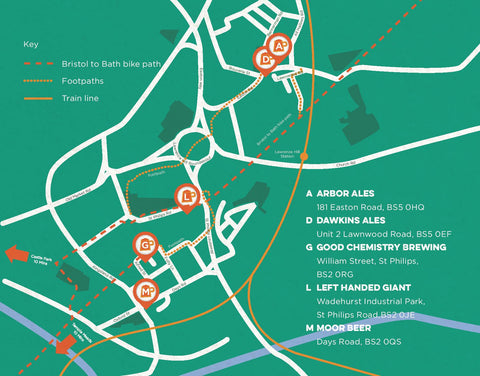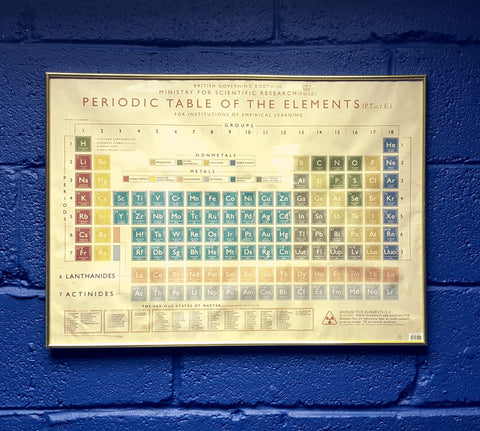
 By now Morello Theory has been out in the shops for a few weeks and a lot of you have tried it, giving us some pretty positive comments along the way – thanks! So we thought it might be interesting to give a bit of the theory behind it and how it was made.
By now Morello Theory has been out in the shops for a few weeks and a lot of you have tried it, giving us some pretty positive comments along the way – thanks! So we thought it might be interesting to give a bit of the theory behind it and how it was made.Hops were never going to be a driving force in this beer, so we only did one addition of Herkules for bittering at the beginning of the boil.
Morello Theory
48% Pilsner malt
10% Dark Munich malt
9% Arome
9% Crystal 150
9% Crystal 240
9% Best Ale malt
5% Wheat

We chose to ferment the beer with the blend of Belgian yeasts that we had been using in Fresh Start and Hurly Burly. We aimed to ferment the beer at a relatively high temperature, around 25C, to get the yeast to produce more of the fruity esters that would complement the malts and cherries.
However, we brewed the beer during one of this Spring’s many cold snaps and GCHQ is not a well insulated building! When it is cold outside it is cold inside too and despite our fermenters being insulated, the weather was enough to keep the fermentation temperature from rising above 17C. As a result, the fermentation was slow and the yeast took a good three weeks to chew through all the sugars. Because of the low temperature the yeast fermented the beer pretty cleanly as well, so the fruity esters we were hoping for were actually pretty restrained. Next time we’ll make sure to check the weather forecast before we brew and, if it’s going to be cold, we won’t chill the wort as much before pitching the yeast.
When it came to getting the cherry flavour into the beer we ruled out any artificial flavourings. Aside from the fact that artificial cherry flavours taste fake and crappy, we don’t want to use any fake flavourings in any of our beers. Working out how to get the right balance of flavours out of natural ingredients is one of the great challenges of craft brewing. It’s more expensive and more difficult to use natural ingredients, but it’s a lot more rewarding and always produces better results (when you get it right).
So, after finding a wholesaler that could supply a large quantity of frozen Morello cherries, we looked at a lot of sources to work out what quantity of cherries we would need. We didn’t want the flavour to dominate the beer, but we didn’t want it to be lost either. We thought that 50 grams per litre would be about right and so for a 900 litre batch we would need to order 45kg. However, in the end we upped our order to 60kg to qualify for free delivery!







